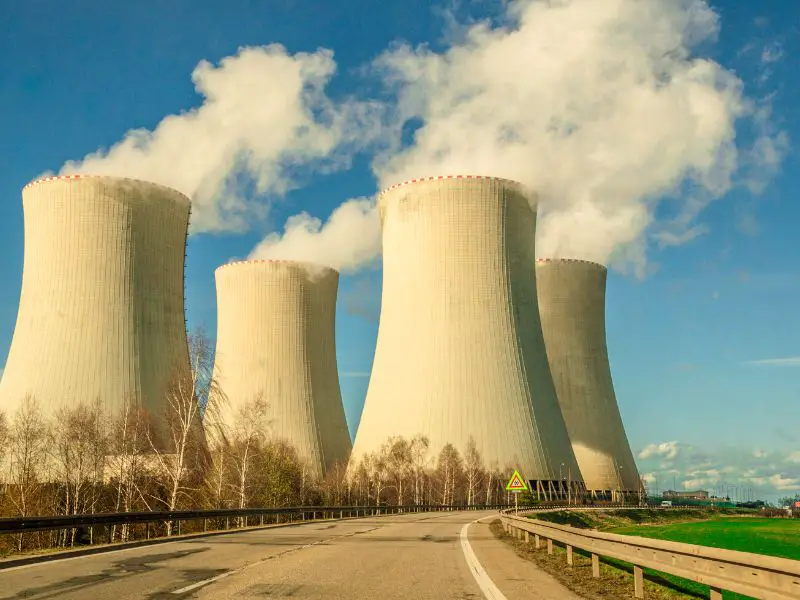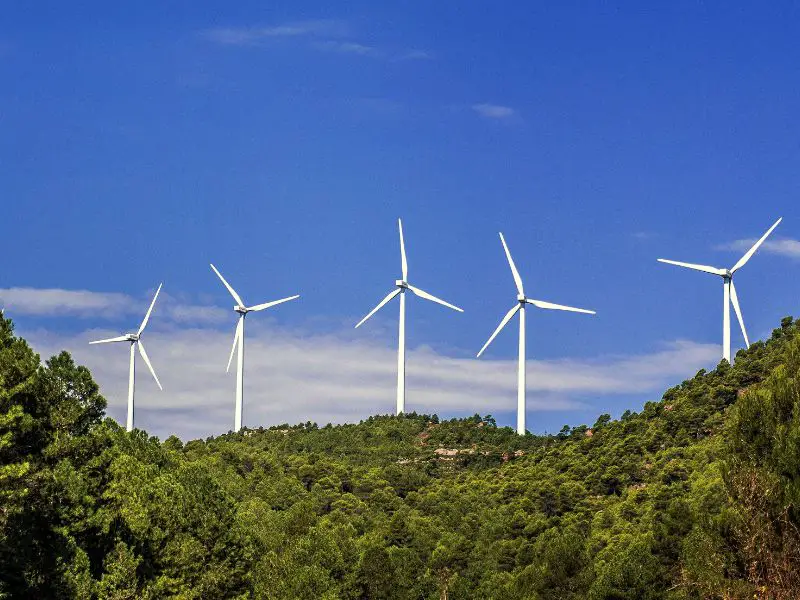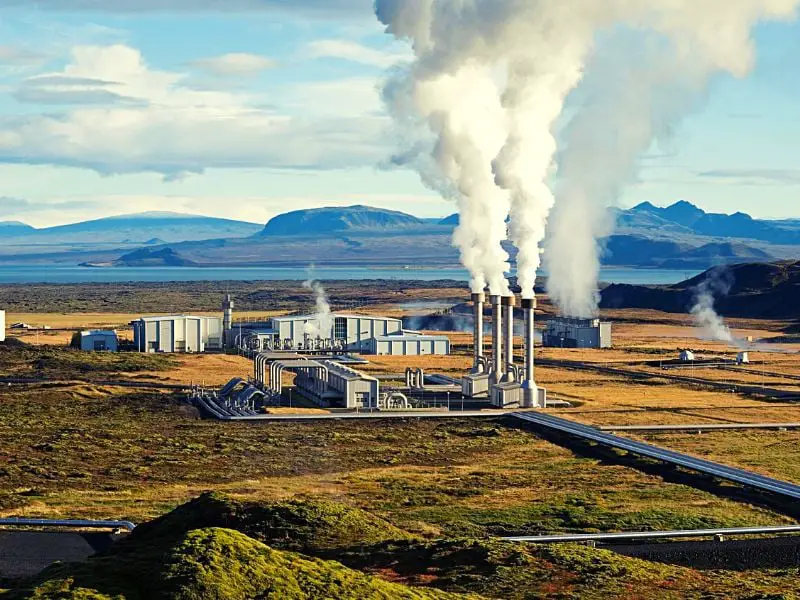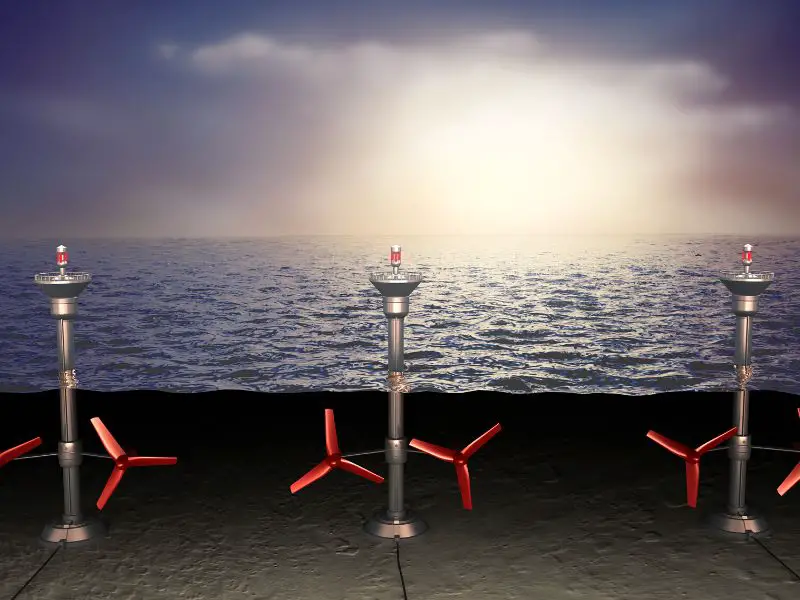As the world’s energy consumption soars, so does the need for alternative and renewable energy sources. Many countries have already prevented the use of fossil fuels in energy production, and governments worldwide have begun investing in research for alternative energy sources capable of driving down the damaging costs associated with these energy sources.
Alternative energy sources are sources of energy that don’t rely on fossil fuels for their production. These energy sources include renewable resources such as wind, solar, and geothermal energy, as well as nonrenewable resources such as nuclear energy and fossil fuels.
Alternative energy sources are the most efficient ways of meeting the world’s energy demands. In this article, we’ll dive into what’s alternative energy, is and some of the most commonly used alternative energy sources on the planet.

What is Alternative Energy?
Renewable energy sources: These are sources of energy that can be continuously replenished, such as sunlight and the wind. Renewable energy sources are environmentally friendly because they produce no greenhouse gas emissions and are the most abundant energy sources in the world. Although renewable energy sources are the most excellent energy sources in the world, these sources are also the least efficient. Because renewable energy sources are not efficient, they are usually more expensive to produce than fossil fuels.
Photovoltaic (P.V.) cells have declined by 80%, and wind power costs have fallen by 50%. At the same time, renewable energy capacity has grown by 3,000% globally, and biofuel production has increased by 40%. As the costs of renewables decrease, the public is receiving the message loud and clear: renewables are an economical, practical, and necessary solution.
Nonrenewable energy sources or “dirty” energy: Nonrenewable energy sources are natural resources such as oil, natural gas, coal, and nuclear fuel. These resources last for millennia but cannot be produced quickly enough to replace all our current usage. They are known as “dirty” energy because they release carbon and other harmful gases into the atmosphere.
Nonrenewable energy sources are also often located in particular regions of the world, making them more abundant in certain countries, causing fluctuations in price because of supply and demand.
Types of Alternative Energy Sources
Energy is a primary need of every human being in today’s era. The demand for power keeps increasing daily for multiple reasons such as industrialization, growing population, technology, etc. A country without a proper energy source cannot sustain its development. So, alternative energy sources have become a necessity for any country. Alternative energy sources have an immense future, as their development cost has been reduced, and they can provide reliable power to consumers.
1. Nuclear Energy
Nuclear energy is a form of energy derived from splitting an atom’s atomic nucleus or from artificially fusing two atoms. Nuclear energy is a widely used energy source in the world, providing about 30% of its low-carbon energy needs. However, nuclear energy has a bad reputation due to its association with nuclear weapons. Because of this association, renewable energy sources like coal, natural gas, and petroleum have dominated the world’s energy markets for nearly a century.
Their cheap and abundant nature made them attractive options for industrial use and fueling vehicles. Unfortunately, their relatively slow production rate and limited supply have made them unsustainable in the long run, especially as we approach the milestone of 7 billion people on the planet.
Fortunately, though, new technologies are rapidly entering the market that has the potential to change our energy landscape completely. One of the most promising is solar energy, which harnesses the power of sunlight to produce energy.
2. Solar Energy
Solar power has already gained momentum in recent years, as the cost of solar electricity has fallen by 90% in 10 years. Some places, like Germany, are now getting roughly 10% of their power from solar. Nearly 3% of U.S. electrical production is supplied by solar (some sources estimate it will reach almost 4% in 2022). While fossil fuels like coal and natural gas are still the cheapest, solar electricity is becoming the most affordable form of energy in some locations.

Related: Solar Energy Panels, Is Solar Energy Renewable?
3. Wind Energy
Wind energy has grown to be one of the fastest-growing alternative energy sources worldwide in the past few years. As wind energy gets cheaper, more reliable, and more widespread, more homes and businesses will soon be able to tap into this clean, renewable energy source.
Wind power, responsible for 9.2% of the U.S. total electricity output, has emerged as one of the most cost-effective forms of energy generating in the United States. Although wind turbines may be located anywhere with substantial wind speeds, such as on hilltops and broad plains, or even offshore in the open sea, the top states for wind power are California, Iowa, Kansas, Oklahoma, and Texas. Other states that rank well for wind power are Oklahoma and Kansas.
As technology swiftly improves and costs continue to fall, experts project that these renewable energy sources could make up a much more significant percentage of the world’s energy supply in the years to come.

Related: Home Wind Turbines
4. Hydroelectric Power
Hydroelectricity is one of the promising renewable energy sources. It derives power from the force of water, using turbines and generators to create electricity. The energy from hydroelectric plants is around 90% renewable, and about 31.5% of the electricity generated in the United States is powered by hydropower.
Hydroelectricity is simple, economical, and efficient. It’s generated where natural water flows downhill, so it’s easy to install and doesn’t require any fuel source. No fuel means less pollution and waste; plus, it’s even cheaper than conventional energy, making it an excellent choice for developing countries investing in their infrastructure.

5. Biomass Energy
Biomass energy comes from living things such as plants and animals. These biomass feedstocks, plants, wood, and waste, are the usual biomass sources for energy.
To generate power, biomass is often misrepresented as a clean, renewable fuel and a more environmentally friendly option than coal and other fossil fuels. Recent research demonstrates that many biomass types, particularly those from forests, result in more significant carbon emissions than fossil fuels.

6. Geothermal Energy
Geothermal energy comes from heat stored in the ground. It is renewable and available anywhere there’s heat below the Earth’s surface; it warms our homes and businesses and gives us the energy (and water) we need for everyday use. However, it also warms the planet, causing climate change, rising sea levels, and extreme weather events.
Geothermal energy has long been touted as a renewable energy source. However, developing geothermal energy can be challenging because of the high cost of drilling. To tap geothermal energy, drillers must bore through rock to access hot underground water—or steam—that’s naturally heated by the decay of radioactive elements within the Earth’s crust. In recent years, however, innovations in drilling technology have lowered drilling costs by as much as 80%. Geothermal systems can be costly to build initially but often pay for themselves within five to ten years. In addition, they are quieter, need less maintenance, and last longer than conventional air conditioners.

7. Tidal and Wave Energy
The development of tidal and wave energy is still in its infancy, but the moon’s gravity will always rule the tides, making harnessing its energy an attractive alternative. Some tidal energy techniques, such as tidal barrages, which function similarly to dams and are positioned in an ocean bay or lagoon, may harm species. Like tidal power, wave power depends on dam-like structures or ocean floor–anchored devices at or near the water’s surface.

Can Alternative Energy Replace Fossil Fuels Efficiently?
As fossil fuel resources continue to shrink and the climate changes due to global warming, alternative energy development has become an increasingly popular investment. The hope of a clean energy future has been slowly realized by innovation which brings down costs and delivers on the promise.
Solar energy, wind energy, and nuclear energy are three popular energy sources developed to create energy for homes, businesses, and industries. While many consider that these energy sources will replace fossil fuels in the future, there are many obstacles and challenges along the way.
Most citizens agree that the advantages of using alternative energy sources far exceed any disadvantages. In addition, new and better technologies are constantly being developed to mitigate and remove the downsides of diverse renewable resources.


3 thoughts on “A Clean Energy Future Through Alternative Energy Sources”